Practically perfect pocket tech
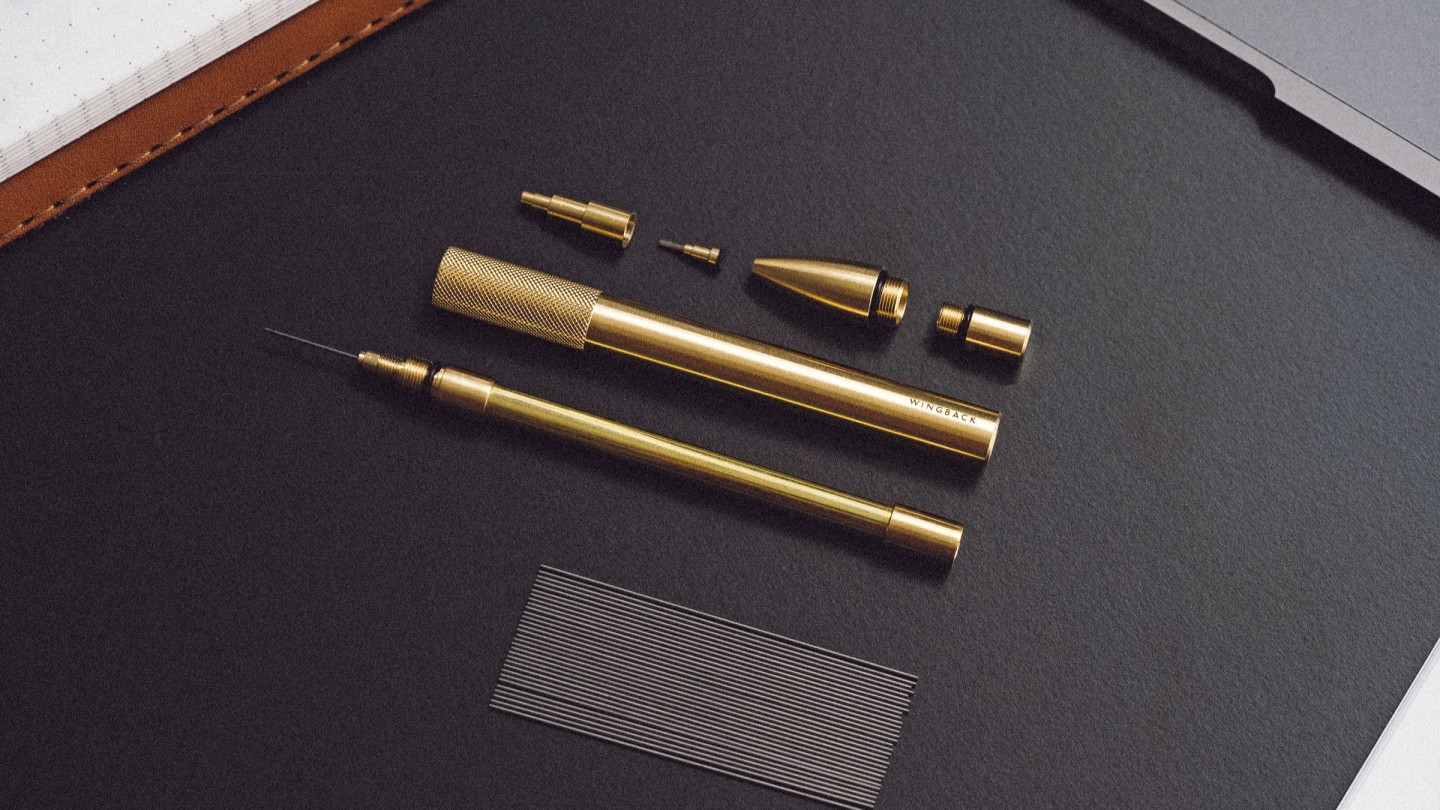
Roula Khalaf, Editor of the FT, selects her favourite stories in this weekly newsletter.
Full stream ahead
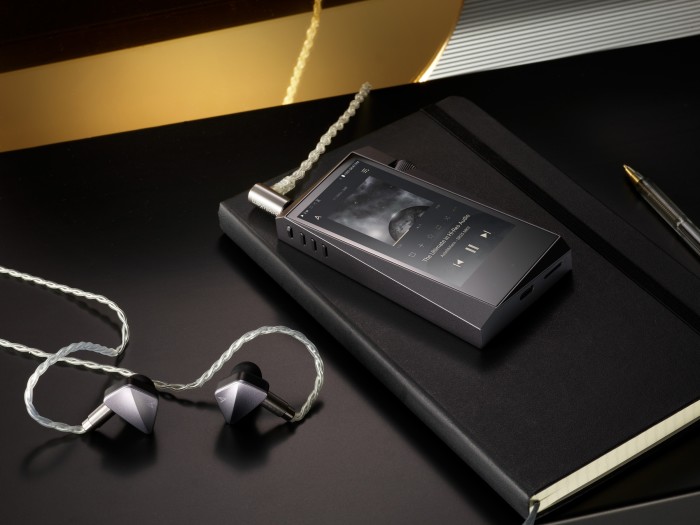
Nick Cave is doing his best to sell me the SR25 MKII, the latest high-res portable music player from South Korean specialist Astell & Kern. When I listen to “Bright Horses”, there is an impossibly smooth and well-defined richness to the singer’s vocals and the piano accompaniment; this eclipses the iPhone 13, sure, but also other mini music players, including the MKII’s predecessor, the much-lauded SR25. (These benefits are best-enjoyed with great headphones such as the Sennheiser HD 820 or more affordable Grado SR325x.) Like its precursor, the MKII is an angular slice of aluminium that fits neatly in the palm of your hand and connects with services including Apple Music, Amazon Music, Spotify, Tidal and SoundCloud. Yet it allows for easier wireless transfer of audio files than its predecessor with its file-drop function and, via Bluetooth, enables you to play tunes from devices like your smartphone. It can also host a 4.4mm headphone jack, which will please serious audiophiles. Astell & Kern A&norma SR25 MKII, £699, astellkern.co.uk
Pencil pushing
First patented in 1822 by a pair of Englishmen who dubbed their creation the “ever-pointed pencil”, the mechanical pencil today has a cult-like following. Rotring and Pentel are household names among architects, artists and students, and a new release by London design studio Wingback makes a convincing case for all folks to swap ink for lead.
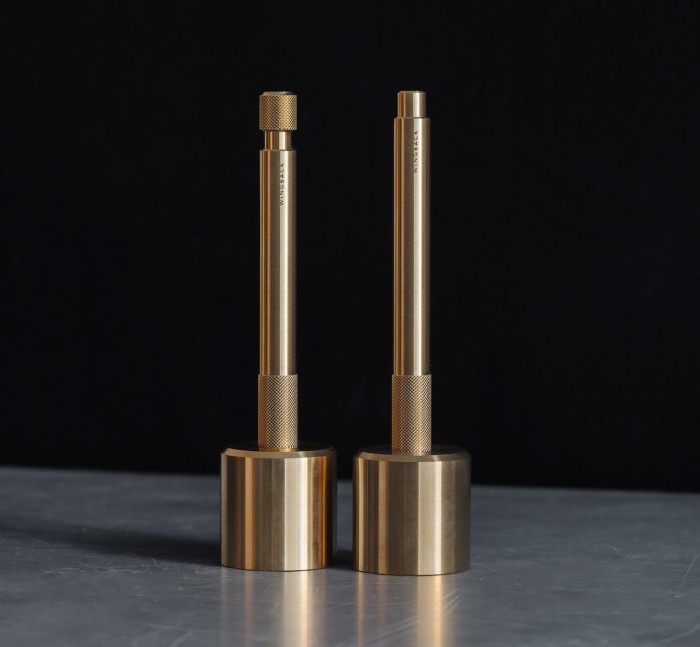
First off, it’s a fun object to hold. Alasdair MacLaine, Wingback’s founder, is a chartered engineer who previously worked in the product innovation team at Dyson, and he tackles things from an engineering – rather than an aesthetic – perspective first. Over the course of five years, he determined the ideal weight and dimensions for a pencil. The resulting design, made in England, has a satisfying heft and an unusually thick body. This apparently makes it more comfortable to hold for extended periods of time than slimmer models – and, by giving users greater control when handling the pencil, helps them to draw more precise lines. Shorter than most pens and pencils, which MacLaine says are unnecessarily long, it’s easily stashed in a pocket. Its ridged grip is pleasant to hold and the clicking sound that it makes when you push the lead-loading button is addictive. That you can rub out any mistakes is of course handy (though it doesn’t have a built-in rubber).
MacLaine’s chief concern was figuring out how to fit more than four pieces of graphite into the pencil: the market norm has barely changed over the decades. Working with one of Japan’s oldest specialist mechanism manufacturers, he has managed to get 40 pieces – 10 times the average – into the 0.5mm version, while still maintaining a smooth internal channel that doesn’t jam up. That means that it can endure up to a whole year of regular use before needing a refill.
Of the two lead thicknesses, 0.5mm and 0.7mm, the former is aimed at designers, engineers and those focused on fine details, the latter for sketching and everyday jotting. It comes in finishes including brass, which is slightly heavier, or the dangerously attractive black stainless steel, plus limited-edition artist collaborations. Buying this pencil is one thing you won’t want to erase later. Wingback mechanical pencil, from £95, wingback.co.uk
Seek performance
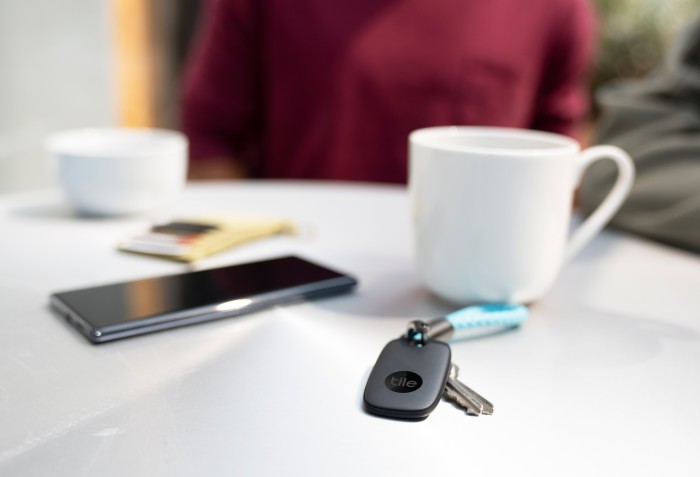
As someone whose keys have perfected a disappearing act to rival Houdini, I consider Tile an everyday saviour. The Californian firm produces Bluetooth-operated trackers that attach to your valuables – keys, wallet, handbag, backpack – and ring loudly when you press a button on a corresponding smartphone app. Tile’s key point of difference from Apple and Samsung – who have entered the tracking game with AirTags and SmartTags respectively – is that it is compatible with both iOS and Android devices. Its newest release, the Tile Pro (2022), is its most powerful tracker yet. It’s water-resistant and has a hole punched into it so is easily hung from your keyring. Louder than its predecessors, it can be located up to 120m away – and if it’s further afield you can view its position on a map on the app. Handily, it also works in reverse should you misplace your smartphone: press a button on the tracker and your phone will ring, even if it’s set on silent mode. Tile Pro, £29.99, uk.tile.com or thetileapp.com
It’s a hard-knock Leica
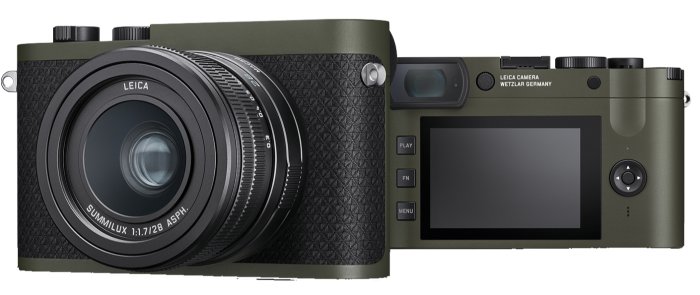
Leica has equipped war reporters with cameras for the past half-century at least and its latest release nods to this legacy: the Q2 Reporter is for customers who want their camera to be able to withstand more than a few bumps and scrapes. It’s compact and sturdy, if not exactly light at 700g. I can imagine slipping this snapper into my parka pocket for a hiking or mountain-biking trip. It looks the part, with an army-green colour scheme and minimal branding: there is no famous Leica red dot. It has the same impressive credentials as other members of the Q2 series, with an excellent 47.3-megapixel sensor that captures high-res stills and 4K video, a fixed lens with a digital zoom, and an autofocus that homes in on a subject in 0.15 seconds. Its big sell, though, is the fact that its body is wrapped in woven Kevlar: immune to extreme temperatures, abrasion- and scratch-resistant, and dust- and water-spray-proof, this thing is basically daring you to throw it around. Leica Q2 Reporter, £4,950, store.leica-camera.com
Comments